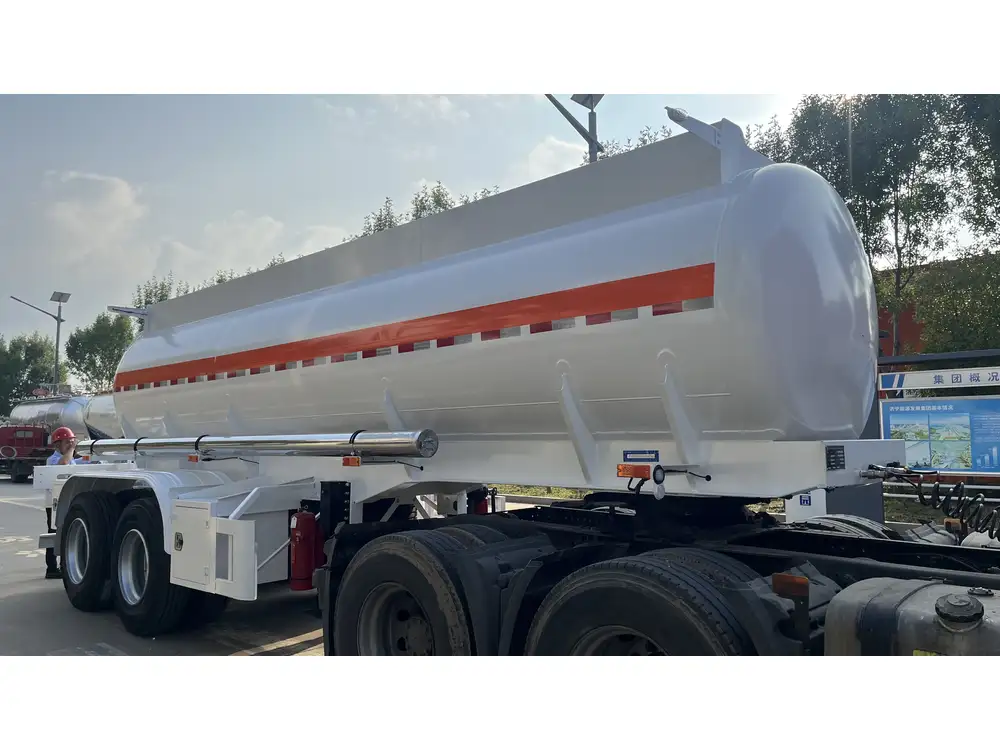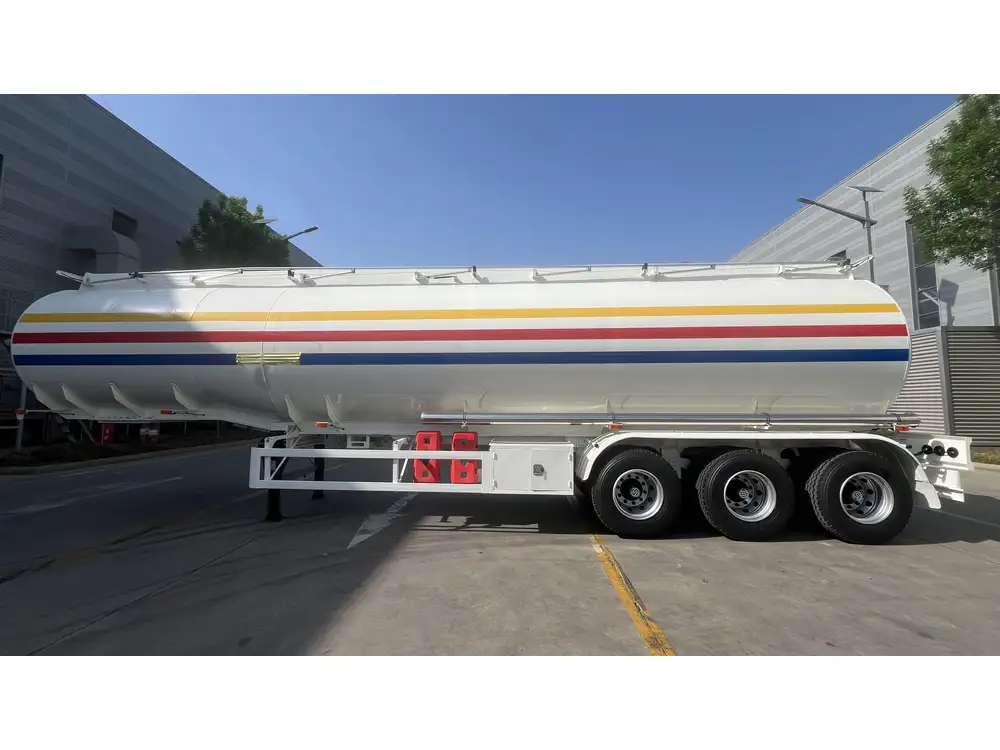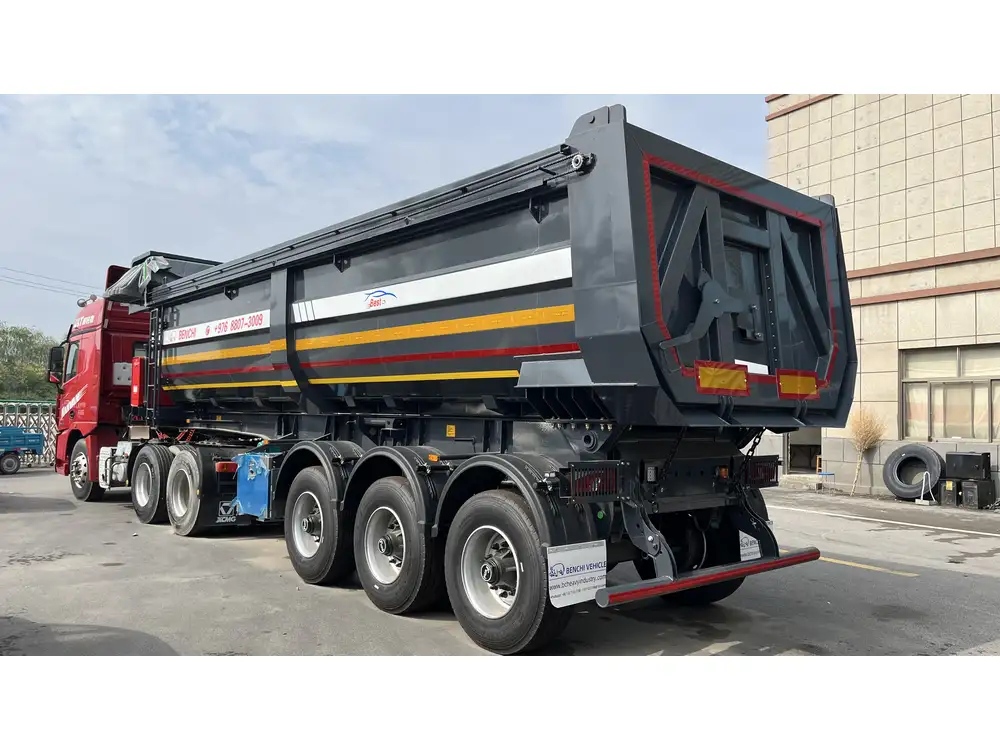When it comes to transporting livestock, particularly sheep, ensuring adequate space and comfort is crucial for animal welfare and compliance with transportation regulations. Understanding the specific dimensions of semi-trailers, the average size of sheep, and the best practices in loading are essential components for livestock producers and haulers alike. This guide aims to provide detailed insights on how many sheep can fit in a semi-trailer and the factors that influence this calculation.
Key Dimensions: Understanding the Semi-Trailer
Standard Semi-Trailer Sizes
Before determining the number of sheep that can be accommodated, it’s vital to understand the dimensions of a standard semi-trailer. The most common types of semi-trailers used for transporting livestock are:
| Trailer Type | Length (feet) | Width (feet) | Height (feet) | Interior Volume (cubic feet) |
|---|---|---|---|---|
| Standard Livestock Trailer | 48-53 | 8 | 7-8 | 2,688 – 3,168 |
| Double-deck Livestock Trailer | 48-53 | 8 | 14-15 | 5,376 – 6,336 |
Note: Generally, livestock trailers have a width of 8 feet internally and can accommodate double-deck structures, which maximize space.

Determining Space Requirements for Sheep
Average Size of Sheep
To estimate how many sheep a semi-trailer can carry, we first need to establish the average size of a sheep. Generally, adult sheep weigh between 100 to 300 pounds and measure approximately 3 to 4 feet in length and about 2 feet in width when standing. More specifically:
- Small breeds (e.g., Shetland): 100-150 lbs.
- Medium breeds (e.g., Suffolk): 150-250 lbs.
- Large breeds (e.g., Texel): 250-300 lbs.
Space Requirements
According to industry guidelines, each sheep requires a minimum of 4 to 5 square feet of floor space in a trailer, with the larger sizes often needing more space. This metric not only ensures comfort but also adheres to humane transportation regulations.

Calculating Capacity
Using the floor area of a standard semi-trailer (let’s consider a 53-foot livestock trailer as an example):
- Floor area = Length x Width = 53 ft x 8 ft = 424 sq. ft.
Using the standard requirement of 4-5 square feet per sheep, the capacity calculation becomes:
| Space per Sheep (sq. ft.) | Total Sheep Capacity |
|---|---|
| 4 sq. ft. | 106 sheep |
| 5 sq. ft. | 85 sheep |
Transporting Lambs
Lambs require less space, typically about 2 to 3 square feet per lamb. This allows a significant increase in transport capacity. Based on the same semi-trailer:
| Space per Lamb (sq. ft.) | Total Lamb Capacity |
|---|---|
| 2 sq. ft. | 212 lambs |
| 3 sq. ft. | 141 lambs |
Best Practices for Loading Sheep into a Semi-Trailer

Preparation
- Clean the Trailer: Ensure the trailer is clean and free from debris which could injure the animals.
- Check the Ventilation: Proper airflow is crucial for maintaining the animals’ comfort during transport.
Loading Techniques
- Use of Ramps: Employ gentle ramps for sheep to walk up and down easily to prevent injury.
- Group Animals: Load sheep in groups to minimize stress; familiar groups tend to remain calm.
- Balance the Load: Distribute the weight evenly to maintain vehicle stability.
Factors Influencing Livestock Transport Capacity

Regulations and Guidelines
Different regions have specific regulations that dictate how many livestock can be transported in any given vehicle. Compliance with these regulations is essential to avoid fines and ensure animal safety.
- Animal Welfare: Regulatory frameworks such as the Animal Welfare Act and the Guidelines for the Transportation of Livestock prescribe the minimum space requirements per animal.
- Local Legislation: Different states may have additional requirements based on climate, duration of travel, and more, inadvertently affecting overall capacity.
Specific Needs Based on Sheep Type
- Pregnant Ewes: Require more space and may need separate loading to avoid stress.
- Young vs. Mature Sheep: Different ages have different needs, impacting overall loading plans.
The Impact of Travel Conditions on Sheep

Duration of Transport
Transport duration plays a pivotal role in determining how many sheep can fit comfortably and safely in a semi-trailer. Longer durations require greater space allowances to accommodate downtime and food provisions.
- Duration : Standard capacity can apply.
- Duration > 8 hours: It is advisable to reduce loading density by at least 10-20% to accommodate feed and movement needs.
Climate Considerations
Extreme weather conditions can elevate stress levels. In circumstances of high heat or cold, it is advisable to manage capacity based on environmental conditions:
- Hot Weather: Reduce capacity to allow for more air circulation.
- Cold Weather: Lower density can keep animals from crowding and maintain warmth.
Conclusion: Emphasizing Safe and Effective Livestock Transport
In conclusion, while the answer to how many sheep can fit in a semi-trailer varies based on several factors—trailer size, the average size of the sheep, loading practices, and more—we can generalize that between 85 to 106 adult sheep can be effectively transported in a standard 53-foot livestock trailer. When transporting lambs, the capacity can increase significantly.
When planning for livestock transportation, attention to detail—from regulations and space calculations to animal welfare practices—ensures not only the safety and comfort of the animals but also the efficiency of the operation. Always remember that a happy and healthy flock ultimately translates to a successful livestock business.



